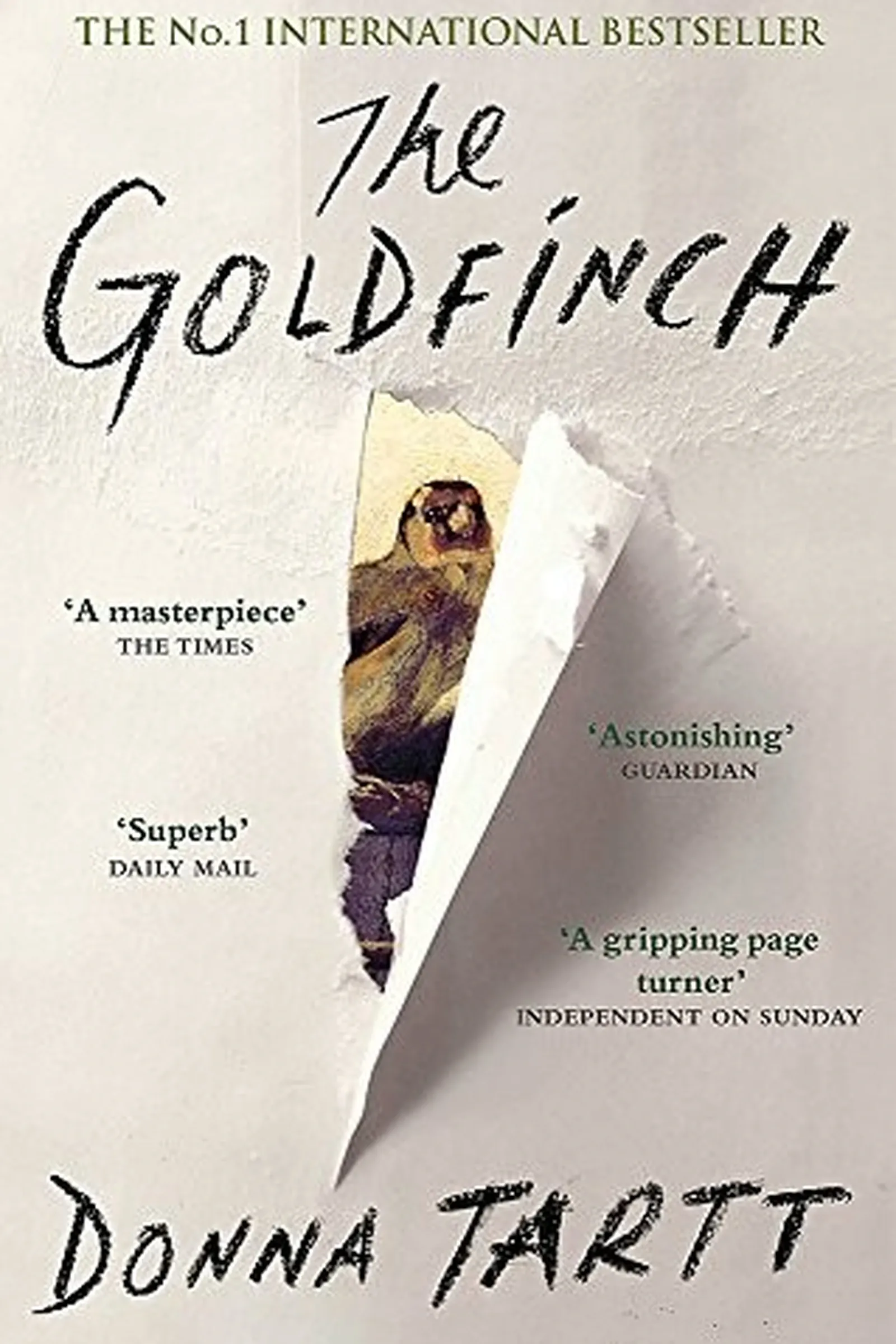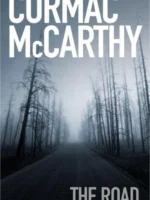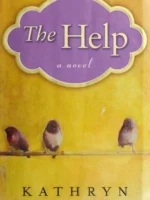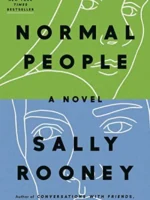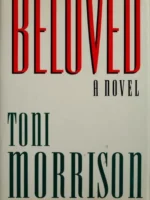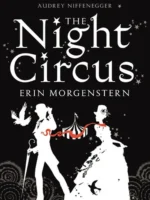The Goldfinch, Donna Tartt, 2013
- Author: Donna Tartt
- Genre: General Fiction
- Publisher: Little, Brown and Company
- Publication Year: 2013
- Pages: 771
- Format: Paperback
- Language: English
- ISBN: 978-0316055437
- Rating: 3,9 ★★★★☆
The Goldfinch Review
About
Published in 2013, Donna Tartt’s The Goldfinch is an ambitious, sprawling novel about art, loss, and the ways grief shapes identity. Winner of the Pulitzer Prize, it tells the story of a boy who survives a terrorist attack that kills his mother and leaves him tethered to a stolen painting. Tartt’s prose is rich, immersive, and patient—less a thriller than a meditation on how beauty and tragedy intertwine.
Overview
The story follows Theo Decker from adolescence to adulthood, beginning with the explosion at the Metropolitan Museum of Art and the theft of Carel Fabritius’s painting, The Goldfinch. Orphaned and adrift, Theo drifts between worlds: the rigid wealth of Park Avenue, the chaos of Las Vegas, and the shadowy trade of stolen art. Through addiction, guilt, and longing, the painting becomes both a burden and a mirror—an object that survives time, unlike the people who touch it.
Summary
(light spoilers) After the bombing, Theo takes the painting almost by accident and spends years unable to return it. He’s raised briefly by the Barbours, a wealthy but detached family, before his estranged father drags him to Las Vegas, where he befriends Boris—a friendship that becomes the novel’s emotional core. Years later, in New York, Theo runs an antiques business built partly on forgery, living a double life of refinement and decay. When Boris reappears, Theo is forced into a reckoning involving crime, art, and redemption. The ending, somber yet luminous, suggests that while beauty can’t save us, it can remind us what’s worth saving.
Key Themes / Main Ideas
• Grief — the slow inheritance of loss.
• Art and meaning — beauty as survival instinct.
• Morality — guilt and redemption in a broken world.
• Loneliness — love as both wound and cure.
• Fate — how accidents define entire lives.
Strengths and Weaknesses
• Strengths — Lush, atmospheric prose and deeply psychological character work.
• Strengths — The novel’s ambition gives it moral and emotional gravity.
• Weaknesses — Some pacing drags, especially mid-narrative.
• Weaknesses — The philosophical closing monologue divides readers, but rewards patience.
Reviewed with focus on themes, audience, and takeaways — Donna Tartt
| pa_author | Donna Tartt |
|---|---|
| ISBN | 978-2-589-47573-6 |
| pa_year | 2021 |
| Pages | 606 |
| Language | English |

